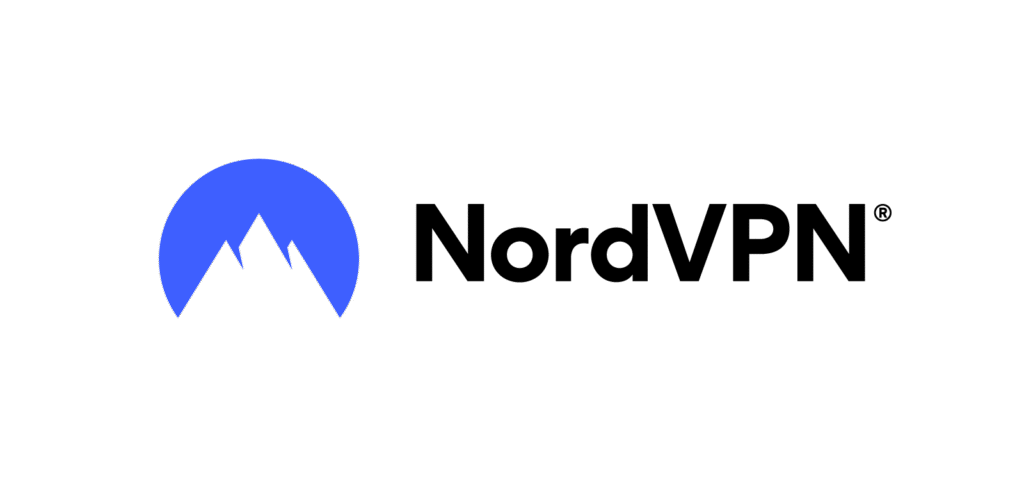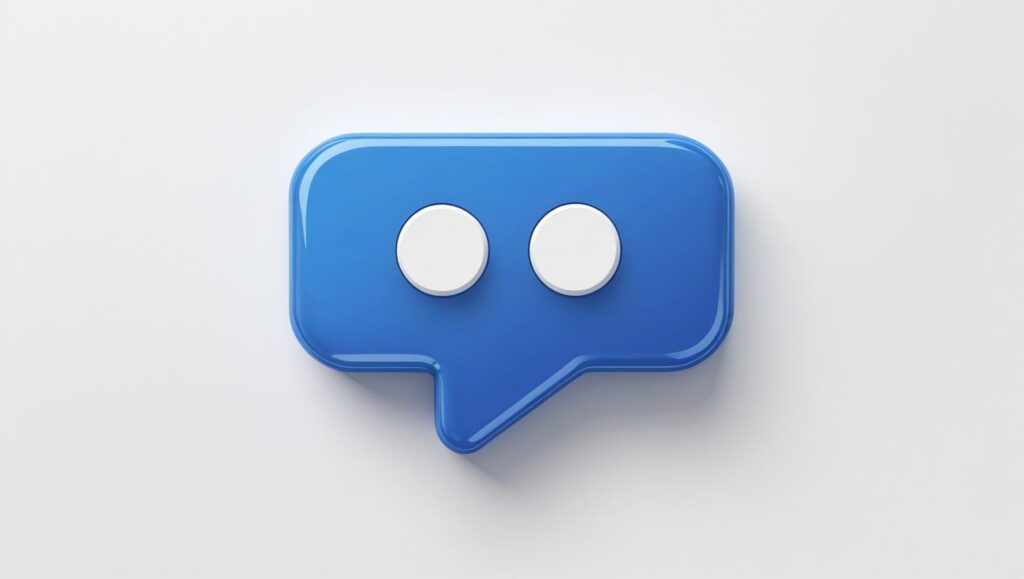
Simple online security tips to start implementing today!
If you want to stay secure online, it’s important to follow the basics of online safety. This guide outlines a few easy steps you can take to improve your security.
Improve online security by securing your accounts
There are many modern ways to secure your accounts, though some may require a paid service. However, you can still strengthen your account security by using a few of the techniques outlined below.
Strengthen Your Passwords
Use Strong and unique Passwords for Every Account. Create passwords that are at least 12 characters long, combining uppercase and lowercase letters, numbers, and symbols. Avoid reusing passwords! Every account should have its own unique one. Set a regular schedule to update your passwords to reduce the risk of compromise.
A password manager can make this process much easier. Tools like the one I use, NordPass help you generate strong passwords, store them securely, and update them regularly.I also personally use it because of some the features outline below:
Whether or not you use a password manager, you need an effective and secure method for managing your accounts that works for you. Whatever approach you choose, understand both its benefits and its risks. The level of risk often depends on how much effort you’re willing to put into protecting your accounts, and how much impact you’re prepared to face if they are ever compromised.
Want to know how strong your password is? Use the checker below to see its strength and find out how long it would take to crack it with a brute-force attack.
Password Strength Checker
Criteria for a Strong Password:
- At least 12 characters long (14+ preferred)
- Contains uppercase letters
- Contains lowercase letters
- Contains numbers
- Contains symbols
A brute-force attack isn’t the only way to crack a password. Attackers often use other, more efficient methods to steal passwords, such as phishing and social engineering. These techniques can compromise your account regardless of how strong your password is. This is why it’s important to have a well-rounded understanding of the potential threats you might face, and to apply the strategies mentioned here, along with those that follow in this guide.
Use Passkeys Where Available
Passkeys and hardware security keys offer stronger protection and can even let you log in without a password. You can set up passkeys through your password manager, your phone, or a hardware key like YubiKey. Many major services now support them, including Google, Apple, Microsoft, Amazon, and more.
Enable Multi-Factor Authentication (MFA)
Adding a second layer (or more) of security significantly improves account protection. Enable it on every account that offers the option.
You can use:
- An authenticator app like Google Authenticator, Duo, or Auth
- A hardware token like YubiKey or Google Titan Security Key
- SMS text codes
Keep your backup codes in a safe place. Options include a password manager, a locked USB drive, or a printed copy stored securely. If you ever use your backup codes, it’s best practice to generate new ones afterward.
Secure your devices for better online protection
Your accounts are only as safe as the devices you use. Take steps to secure your devices to protect both your devices and your accounts. If your computer or phone is compromised, everything on it could be at risk, even if you use strong passwords and multi-factor authentication (MFA).
Keep Software Updated
Enable Automatic Updates. Keep your operating system and apps up to date by enabling automatic updates. Updates often include new features and important security fixes. Regularly updating ensures your devices don’t run versions with known vulnerabilities that could be exploited by attackers.
Practice Safe Browsing
Avoid visiting suspicious sites or clicking unknown links. Always use trusted websites for services, and download software only from the official website of the provider. Whenever I need to open an untrusted link or browse through a suspicious website, I use one or a combination of the tools below to safely check it first.
Use Antivirus and Security Tools
Antivirus tools protect against known malware by detecting and blocking threats. They also help minimize the potential damage if a virus or malware does infect your device. Regularly scan your devices and keep your antivirus software up to date. Some providers, like Malwarebytes, even offer free antivirus scanners to help you stay protected.
Use Secured Networks
Public networks, like those found in a mall, airport or cafe are often not properly secured. Avoid using those kinds of network if you can but we know that sometimes you can't. If you must use one, use a VPN if you have one when connecting to these networks. If you do not have a VPN and need to use public networks, try as much as you can to not use it for critical personal information, e.g. banking or logging into school accounts or emails. A VPN not only enhances security but can also help bypass geo-restrictions, letting you access content from other regions.
Personally, I use NordVPN to secure my network traffic and watch foreign sports games. It also offers many additional features, including:

- DarkWeb monitoring to get instant alerts about leaked passwords or personal data and protect your accounts.
- Ad and tracker blocker to stop web trackers and annoying ads
- Anti-Malware to protect you from malicious downloads
- Advanced browser protection that checks websites for viruses, scams, and phishing attacks
- Supports 10 devices simultaneously
- Global coverage, 100+ countries
Make sure your home Wi-Fi is protected. Change the default router credentials, update your Wi-Fi name (SSID) and password, and create a guest network if possible. This reduces the risk of damage if your Wi-Fi is ever compromised, especially by unsecured IoT devices.
Back Up Your Data
Regularly back up your computer and phone, either to the cloud or an external hard drive. It's good to have a back up in case of theft, malware infarction or device failure. If you use services like Google Drive, iCloud and amazon prime there are paid options for you to get extra storage for your backups. Another effective way is to get an external hard drive and regularly backup your important data on it.
Monitor your online activity & Stay Informed
It’s important to check your online security and account activity regularly. Set up reminders or systems to review your devices, accounts, passwords, and security settings on a consistent schedule.

Set Up Security Notifications or alerts for:
- Login attempts
- Password changes
- Suspicious activity
- New Device Connections
- Bank or payment changes
Use these monitoring tools to help protect your accounts:
- Have I Been Pwned – Check if your credentials have been part of a breach.
- monitor.firefox.org – Breach monitoring from Firefox (requires signup).
- Google’s Security Checkup – Available to you if you have a Google account to see if accounts are exposed.
- Dark web monitoring- Many VPN services like NordVPN and password managers offer this feature.
It’s also a good idea to create a monthly or quarterly security check-in to:
- Audit your accounts
- Review subscriptions
- Check login activity and alerts
While this doesn’t guarantee complete security, it’s a big step toward covering the basics and keeping yourself safe online.
You can contact me if you have any questions about the guide. I’d also love to hear your suggestions or feedback.


